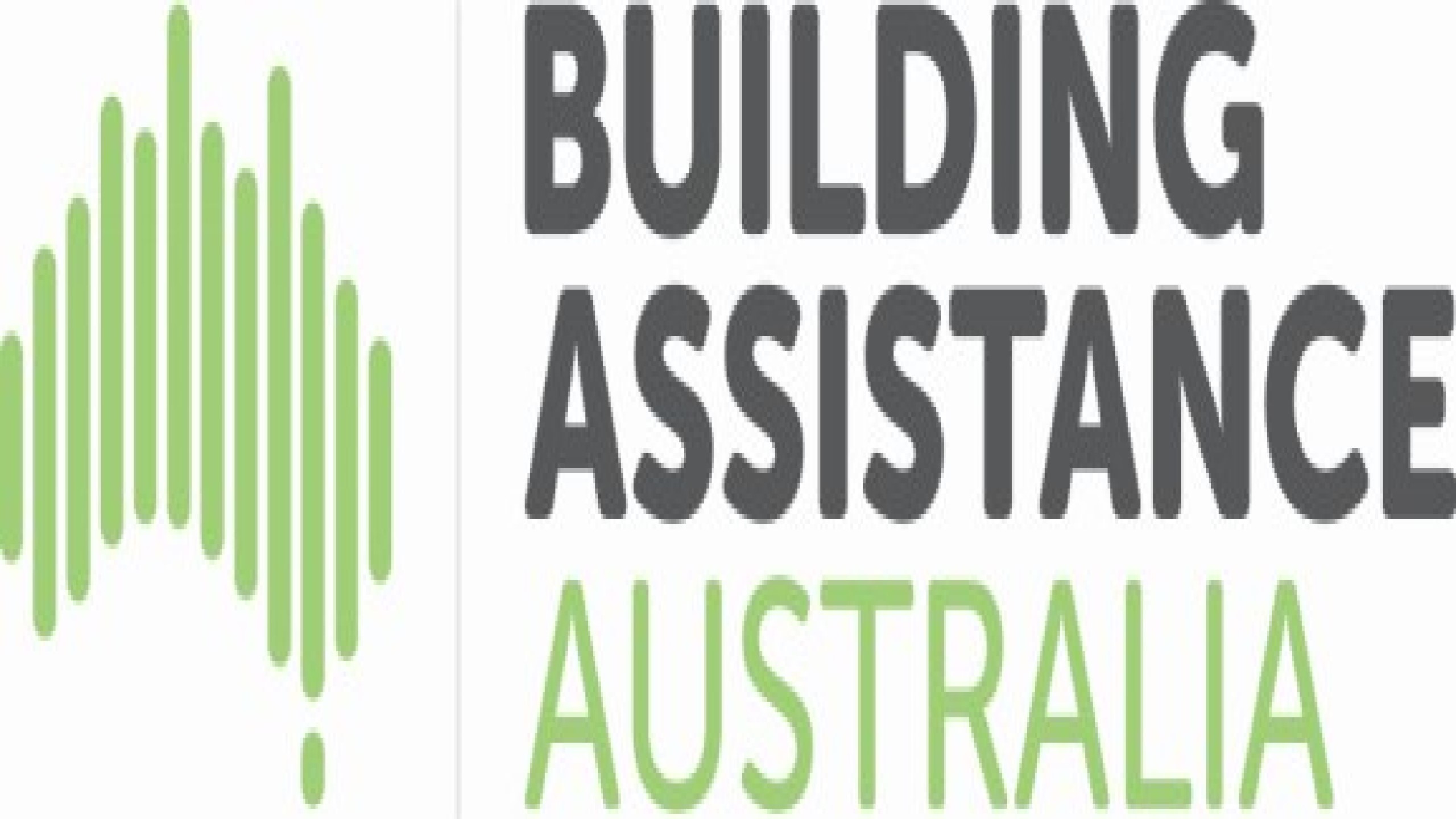Why you need to know about Strata Title and Owners Corporations;
At some stage in your life, you may be inclined to buy an apartment, townhouse, villa or other property with shared grounds. It is likely that either Strata or Company title will govern this property, but what is the difference? Management of title, who owns what and what you can control, can become confusing when there are multiple owners of common areas in one property, particularly when a dispute arises.
Strata Title & Owners Corporation:
Strata title is essentially a system of handling ownership of a portion of a building/ property, employed for owner’s corporations (formerly body corporates) which can be formed by a collection of the owners of parts of the property, for example, all the owners of individual apartments in a block of apartments.
A body corporate of people with Strata Title is formed to make decisions on behalf of the property.
Strata title ‘types’ can be:
- residential
- commercial
- retail
- mixed use – ie retail and/or commercial and/or residential
- serviced apartments
- retirement villages
- caravan parks
- resorts
Strata title complexes can include the following ‘styles’:
- 3-storey low-rises
- High-rises of 4 or more storeys
- Townhouses, townhomes, villas, duplexes, triplexes, etc.
- Factories and warehouses
- Storage units
- Retail Shops
- Offices
Get a FREE no obligation consultation
Strata in planning stages:
Providing the zoning permits the construction of a Strata Scheme, approval needs to be obtained from the local council to proceed with the development and subsequent subdivision of the property into lots and common property.
A registered surveyor is then required to draw a Strata Plan of the subdivision, outlining and distinguishing between the lots and common property.
The Strata Plan shows the original unit entitlement allocation. To see up-to-date unit allocations, refer to the Common Property Title which is held by the Owners Corporation or Strata Manager.
Once the strata plan is complete, it is submitted to the local council for approval and once approved is taken to the Land Titles Office (LTO) for registration. A certificate of title is then issued by the LTO for each lot and one for the common property of the Owners Corporation. This is how an owners corporation is formed.
There is no legal requirement for a set of by-laws for an owners corporation, however it is highly recommended as it prevents the owners from effectively doing whatever they want, which may include building works which affect other properties in the strata plan. By-laws should be provided at registration and discussed/ altered at general meetings with all owners present.
After registration is complete, it is important to hold a FAGM (First Annual General Meeting), where an executive committee is formed. This committee is a representation of the entity which is the Owners Corporation (OC). Topics of discussion at the meeting should include levies payable by the owners, budget of expected expenses, proposed works etc…
The Owners Corporation is now in operation.
Further obligations for lot owners:
- to pay rates, taxes and strata levies
- to notify the Owners Corporation of any change in ownership or occupancy
- to comply with the implemented by-laws
- to be respectful of other owners in the scheme
- to not carry out alterations to their lot without consent from the Owners Corporation and local authority (if required)
Obligations of lot owners who lease their lot:
- to ensure compliance with the scheme’s by-laws is a condition of the tenancy agreement
- to supply the tenant with a copy of the scheme’s by-laws
- to notify the Owners Corporation of any change in ownership or occupancy
- to notify the Owners Corporation of:
- the name of the tenant
- the date the tenancy commenced
- the name of any property agent involved
What is and isn’t common property?
Disputes may arise in terms of what constitutes “common property”. Often owners are not well informed of the exact parameters of their lot and think they are privately entitled to a piece of common property, or vice versa. To determine what forms common property in your particular strata scheme, you should refer to the individual plans for each lot that comprise the strata scheme. The boundaries are usually always clearly outlined on these plans. If you do not have a copy of the strata plans, you may obtain some from the LTO.
Unit Entitlements
All costs for managing, maintaining, repairing and insuring the common property are shared by all the owners. Costs are distributed in direct proportion to their lot’s respective unit entitlements. The Common Property Certificate of Title which is held by the Owners Corporation governs the total levy contribution each owner is required to pay. The larger the unit entitlement for a lot, the larger the proportion of the total levy contribution to be paid.
Voting Rights using Unit Entitlements
The voting rights of owners are also regulated by the unit entitlement of each respective lot. This means that the owner of a lot with a higher unit entitlement has more voting power than its counterparts.
